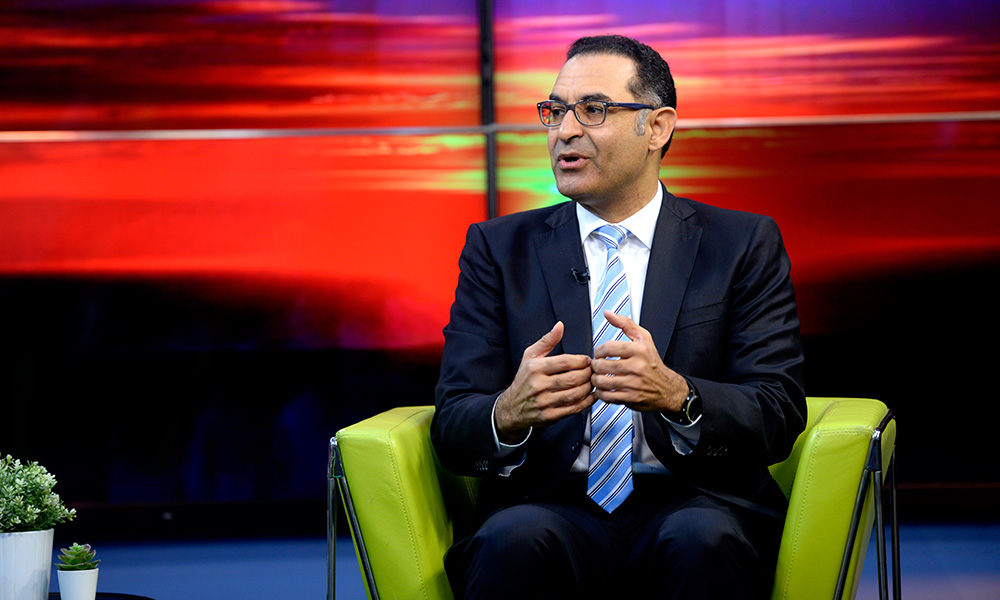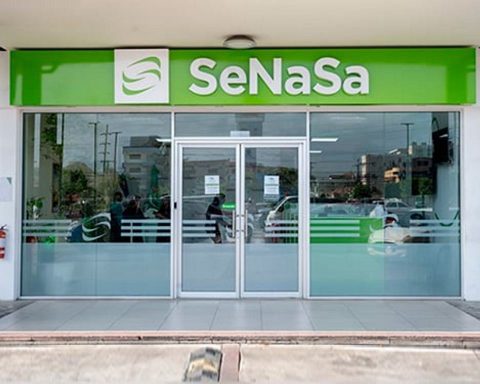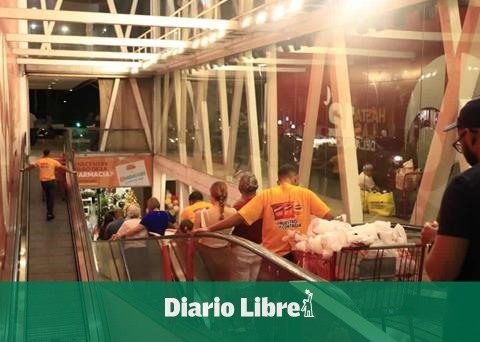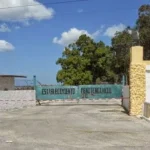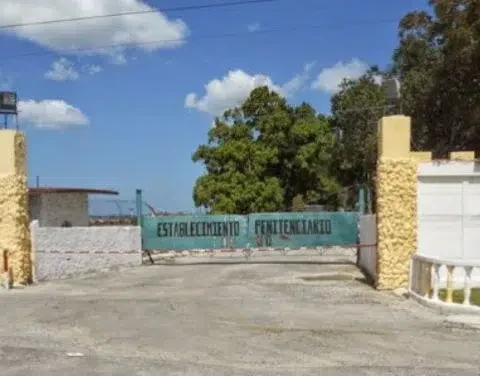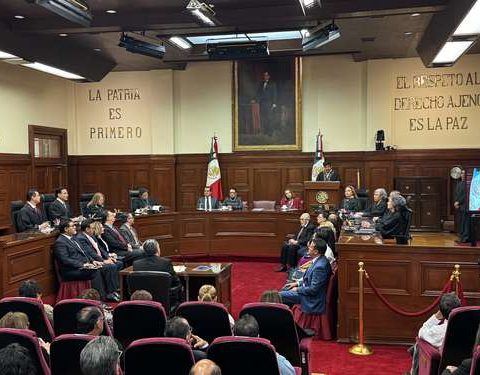The former administrator of the Punta Catalina Thermoelectric Power Plant (CTPC), Jaime Aristy Escuder, assured that published information about an alleged audit of the work is false and said that it is an audit that does not comply with the principles of good practices.
From his point of view, when an audit is carried out, the first thing to do is sit down with the auditee, with the entity being audited, to verify whether what is being interpreted is correct or not. And that has not been done.
Jaime Aristy finds it strange that a company with the experience and reputation of Sargent & Lundy has not discussed those results or preliminary findings with the construction consortium or with the technical team of the Dominican Corporation of State Electric Companies (CDEEE), specifically with the technical unit, nor with Stanley Consultants, which are the elements of the CDEEE that make up the counterpart of the construction consortium.
“And by not sitting down, they obviously reach the wrong conclusions,” he said, in an interview on Despierta with CDN, channel 37.
He indicated that much remained to be said in that audit. “In the first place, that since May 2020 the two Punta Catalina units supply the largest amount of electrical energy that is consumed monthly in the country. This contribution from the plant is between 30 and 35% of the total energy”, according to the data offered in the dialogue. “You have to say the part that they -the auditors- do not point out. And that Punta Catalina, the main source of electricity in the country, is operating in a stable manner despite poor maintenance. That is what they should have recognized and established, because since August 2020 a good operation and maintenance program for the Punta Catalina Thermoelectric Power Plant has not been applied,” he explained.
On the subject of the unloading dock piles (of which a photo was published showing its oxidation), Aristy Escuder said that any engineer who knows about maritime works knows that they are made of reinforced concrete with an additional external steel cover, to give greater protection and useful life to the work.
That thickness of steel that it refers to is compatible with the useful life of the work and with the rate of corrosion of that metal. “The steel is calculated, in terms of thickness, taking into account the useful life, and based on that, the thickness that this additional coverage must have to protect the reinforced concrete is chosen (…)”, he explained.
He made it clear that the pile has a part outside the sea that has an oxidation process, while the inside part does not rust.
He criticized that the company that carried out the audit did not request existing studies on this subject, made by international companies that work rigorously and take into account the rate of oxidation. “The coverage can be fifty or sixty years,” she explained.
At another point in the conversation, Aristy Escuder said that Sargent & Lundy, despite having an audit contract of two million dollars, limited itself to seeing only the documents provided by the current CTPC administration.
He said that if the firm had done its homework, it would have found that the coal conveyor belt works well, as long as it is properly maintained.
“In addition, it would have been possible to verify that the plant’s operability has never been affected by the work of that belt,” he said.
“If they make two million dollars, I think they should have at least sat down to do a good audit,” said Jaime Aristy Escuder, an economist by profession.
“The strap is very long, about three kilometers long, and three kilometers back. It is the belt where you put the coal and finally take it to the mills. That belt needs to be given maintenance and -in fact- in the report that I delivered in 2020 it was clearly established that they had to conclude a maintenance contracting process with the construction firm of that transport system -ONT-Bedeschi-, which is an Italian firm”, he explained.
“I even talked to Bedeschi and we had everything set up so all that belt could be serviced. “We have to see if since we left, in August 2020, it has been properly maintained or not,” he added.
One point that has had to be established, he says, is that the plant is working. He also criticizes that the auditing company did not meet with anyone. That is, neither with the CDEEE, nor with the builder, nor with the past administrator, which is him (Aristy Escuder).
“Sargent & Lundy should have sat with us”
“What has been done is not an audit… it does not comply with the principles of good auditing practice. I can bring any professor of auditing here and ask him. In any audit, the first thing to do is sit down with the auditee and verify if what I am interpreting is correct or not. One thing is an audit and another is a technical report”, he argued.
Responding to another question from the journalists, he assured that there is the intention of the current authorities to do damage with the Punta Catalina issue.
“What Sargent & Lundy should have done was sit down with us, we gave them all this information (which I published in Listín Diario). They may or may not agree with that information, but they put both versions”, said the former administrator of the CTPC.
He said that the thermoelectric plant, located in the Peravia province, is the jewel of the electricity sector and the main asset of the public sector and the Dominican people. “It generates 250 million dollars of benefits a year and it is something extraordinary. It is a super plant and if you operate it well you can forget that it has a useful life of 40 years. That can be a work of 70 years”, he raised.
